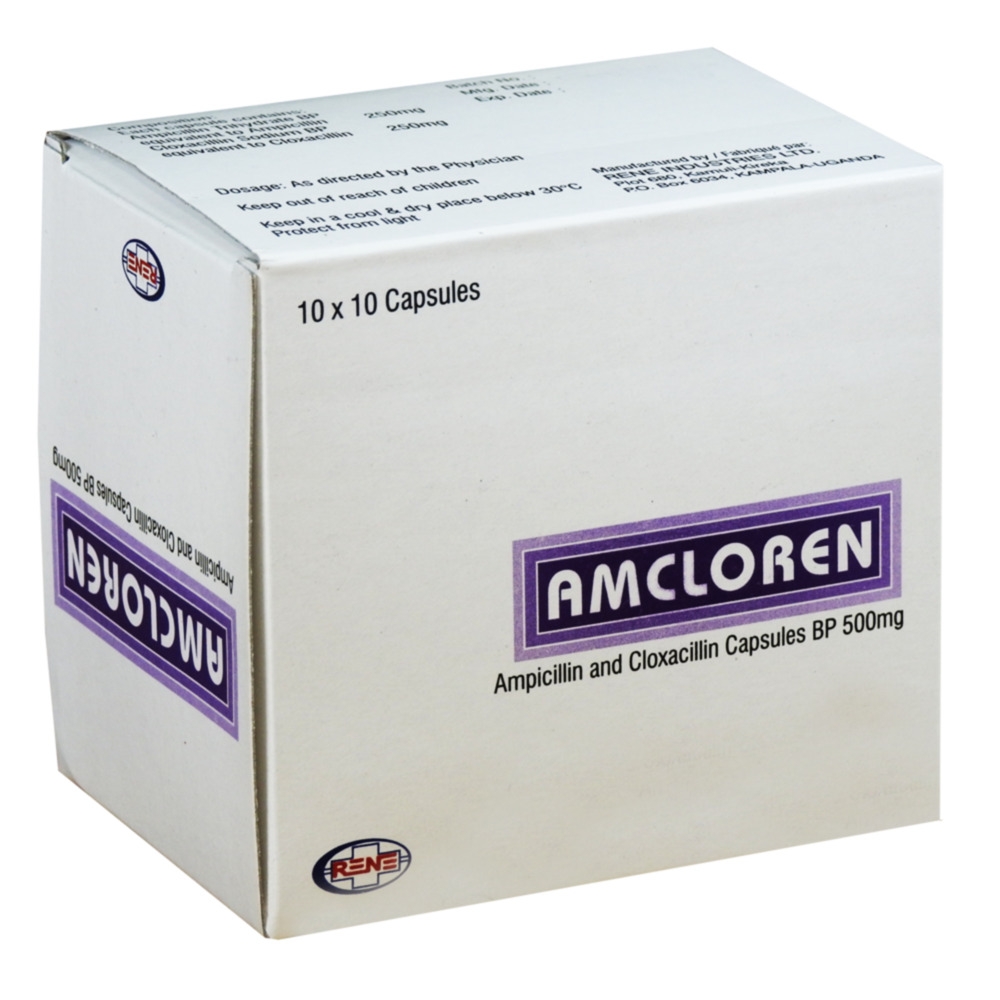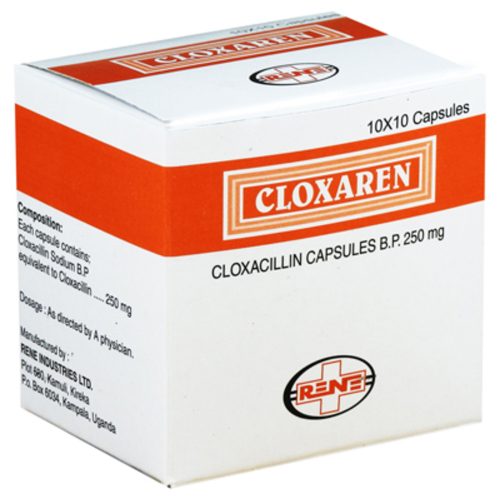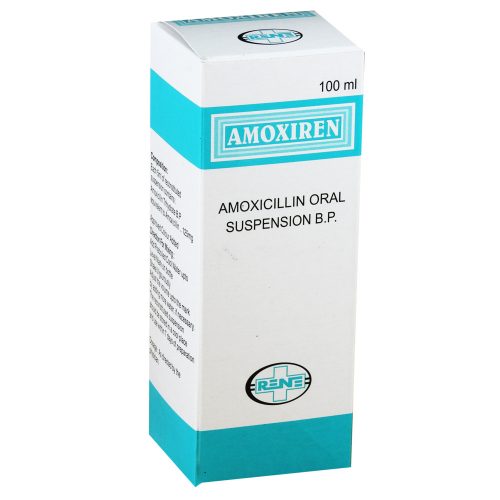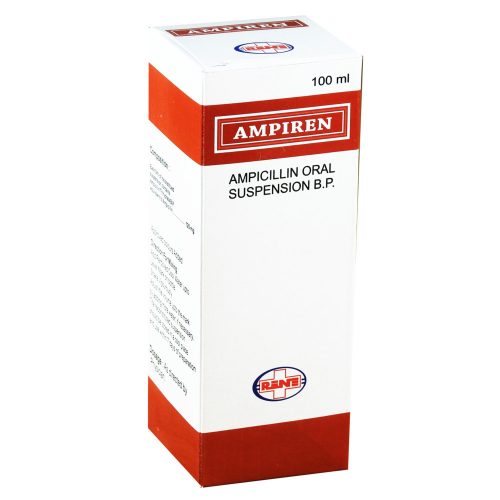AMCLOREN
COMPOSITION
Each capsule contains Ampicillin Trihydrate B.P equivalent to Ampicillin 250mg and Cloxacillin Sodium B.P equivalent to Cloxacillin 250mg.
PRESENTATION
Blister pack 10 x 10 Amcloren capsules.
Description
INTRODUCTION:
Amcloren is a broad -spectrum formulation of Ampicillin Trihydrate (6 amino- penicillianic acid) and Cloxacillin Sodium (isoxazolyl penicillin) having a broad-spectrum activity against a wide range of Gram-negative and Gram-positive bacteria.
MICROBIOLOGICAL ACTION:
Amcloren is active against a wide range of Gram-negative and Gram-positive bacteria including Streptococci, Staphylococci (penicillinase producing strains), Haemophilusinfluenzae, Escherichia coli, Proteus mirabilis, Salmonella species, and Neisseria species.
MECHANISM OF ACTION:
Both Ampicillin and Cloxacillin are bactericidal agents. They act by interfering with synthesis of the peptidoglycan layer of the cell wall, which normally protects the bacterium from its environment. Defective wall synthesis renders the cell incapable of withstanding the osmotic gradient between the cell and its environment so that it swells and explodes. Synergy has been demonstrated between Ampicillin and Cloxacillin against some beta-lactmase producing organisms.
PHARMACOKINETICS:
Ampicillin is moderately well absorbed from the gastro-intestinal tract after oral administration. Food can interfere with the absorption of Ampicillin so doses should be taken 30 minutes to an hour before meals. Peak concentration in plasma are obtained in about 1 to 2 hours and following a dose of 500mg by mouth are reported to range from 2 to 6g/ml. It diffuses across the placenta into the foetal circulation and concentration can be detected in the milk of nursing mothers. There is little diffusion into the cerebrospinal fluid except when the meninges are inflamed, when higher concentration can be achieved. About 20% is bound to plasma protein and the plasma half-life is about 1 to 2 hours, but this may increase in neonates and the elderly. In renal failure half-lives of 7 to 20 hours have been reported. Renal clearance of Ampicillin occurs partly by glomerular filtration and partly by tubular secretion. About 20 to 40% of an orally administered does is excreted unchanged in the urine in 6 hours, urinary concentration ranges from 0.25 to 1mg/ml following a dose of 500mg.
Cloxacillin
Cloxacillin sodium is incompletely absorbed from the gastro-intestinal tract after oral administration; the absorption is further reduced by the presence of food in the stomach. After an oral dose of 500mg, a peak plasma concentration of 7 to 14g/ml is obtained in fasting subject in 1 to 2 hours. About 94% of Cloxacillin in the circulation is bound to the plasma proteins. Cloxacillin has been reported to have a plasma half-life of approximately 0.5 hours in healthy subjects. The half-life is prolonged in neonates. Cloxacillin diffuses across the placenta into the foetal circulation and is excreted in breast milk. Cloxacillin is metabolized to a limited extend, and the unchanged drug and metabolites are excreted in the urine by glomerular filtration and renal tubular secretion.
INDICATIONS:
Amcloren is indicated in the treatment of a variety of infections due to susceptible organisms, including Respiratory tract infections, Urinary tract infection, Septicemia, Otitis media, Infective Endocarditis, Ear Nose and Throat infections, Gastro-intestinal infections, skin and soft tissue infections, pelvic infections, and Orthopedic infections.
DOSAGE AND ADMINISTRATION:
The doses of Amcloren will depend on the severity of the disease, the age of the patient, and their renal function.The dose should be reduced in renal failure. The usual dose of Amcloren is as follows:
Adult: 500mg to 1g every 6 hourly or more frequently according to the severity of infection.
Children: ¼ or ½ of the adult dose.
CONTRAINDICATIONS:
Amcloren is contraindicated in patients with a history of allergic reactions to penicillins.
SIDE EFFECTS:
Side effects may include diarrhoea, indigestion or occasional rashes, either urticarial. An erythematous rash may be caused in patients with glandular fever, in which case it is advisable to discontinue treatment.
PRECAUTIONS:
Amcloren should preferably not be given to patients with infectious mononucleosis since they are especially susceptible to skin rashes, patients with lymphatic leukaemia and patients with hyperuncaemia being treated with allopurinol may also be at increased risk of developing skin rashes. Ampicillin may decrease the efficacy of oestrogen containing oral contraceptives and it may also affect the absorption of other drugs due to its effect on the gastro-intestinal flora.
STORAGE:
Store below 25OC, protected from light and moisture





